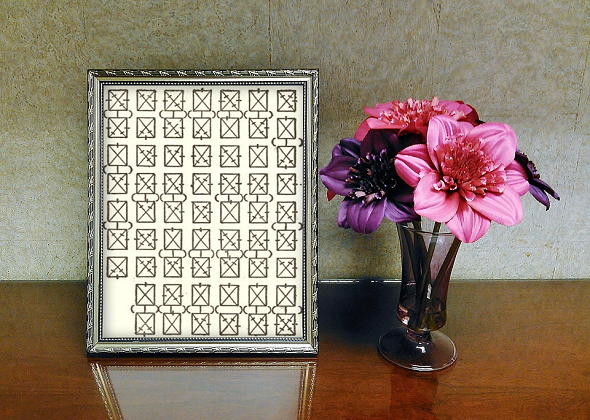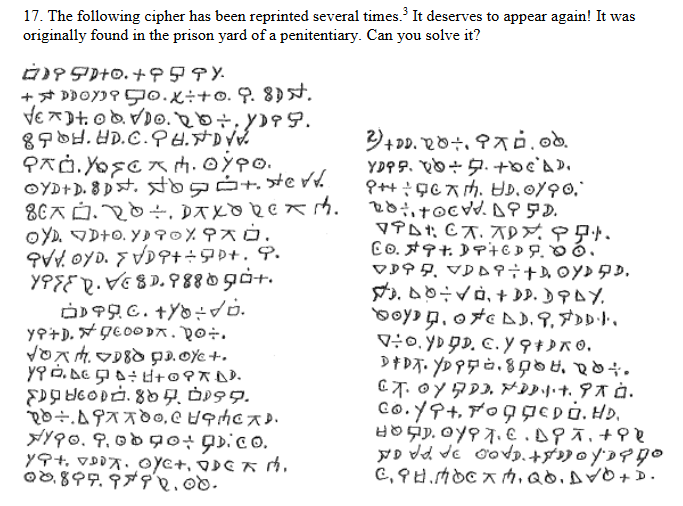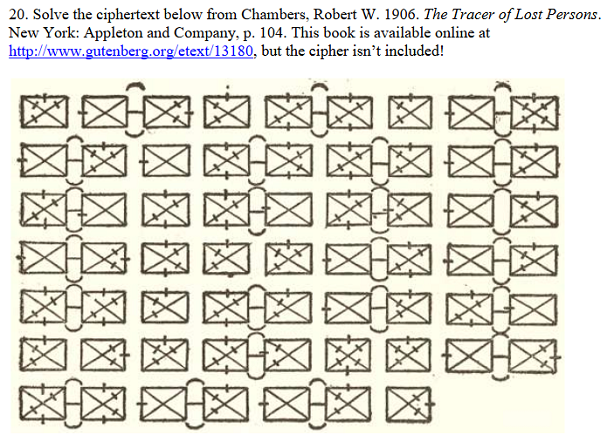Craig Bauer, mathematics professor and crypto history expert, lets his students solve old ciphertexts as homework. Here are three especially interesting cryptograms Craig’s students have to break.
Readers of this blog are certainly familiar with Craig Bauer, editor-in-chief of Cryptologia and author of the Book Unsolved! (if you prefer a German publication about the same topic, try my book Nicht zu knacken). The following photograph of Craig (left) and me was taken at the HistoCrypt in Uppsala, Sweden:
In his day job, Craig is a professor at the York College of Pennsylvania. As far as I know, Craig is currently the only professor in the world who gives university lectures in crypto history. I wish something like this had been available 25 years ago at the university I attended.
Craig is, like me, pretty much interested in “real” cryptograms, i.e., encrypted texts that were created for practical use, usually decades or even centuries ago. His students therefore have to solve cryptograms of this kind as a part of their homework.
An exercise sheet Craig uses is available online. Apart from a number of crypto excercises Craig created himself, this sheet contains many interesting “real” cryptograms, some of which are new to me. Of course, the solutions of all these ciphertexts are known (giving unsolved cryptograms as homework might be a little too hard for the students). In the following, I will provide the three most interesting ciphertexts contained in this collection.
The Cipher Detective
This cryptogram, which was created with a Polybius square, should be not too difficult to solve:
A prison code
Crime does pay – at least in the crypto literature. My blog posts about encryption methods used by criminals and in prison are usually very popular. Here is one I didn’t know before I read Craig’s sheet:
A strange code from a book
This one looks like a MASC, but who knows what it really is?
Solutions are wanted, but will be deleted
If you can solve one of these cryptograms, please leave a comment. Don’t be confused if I delete the solutions after a few days. If I won’t do this, this post might become very popular among Craig’s students – more than Craig wants it to.
Follow @KlausSchmeh
Further reading: The Top 50 unsolved encrypted messages: 9. The Rubin cryptogram
Linkedin: https://www.linkedin.com/groups/13501820
Facebook: https://www.facebook.com/groups/763282653806483/







Kommentare (4)